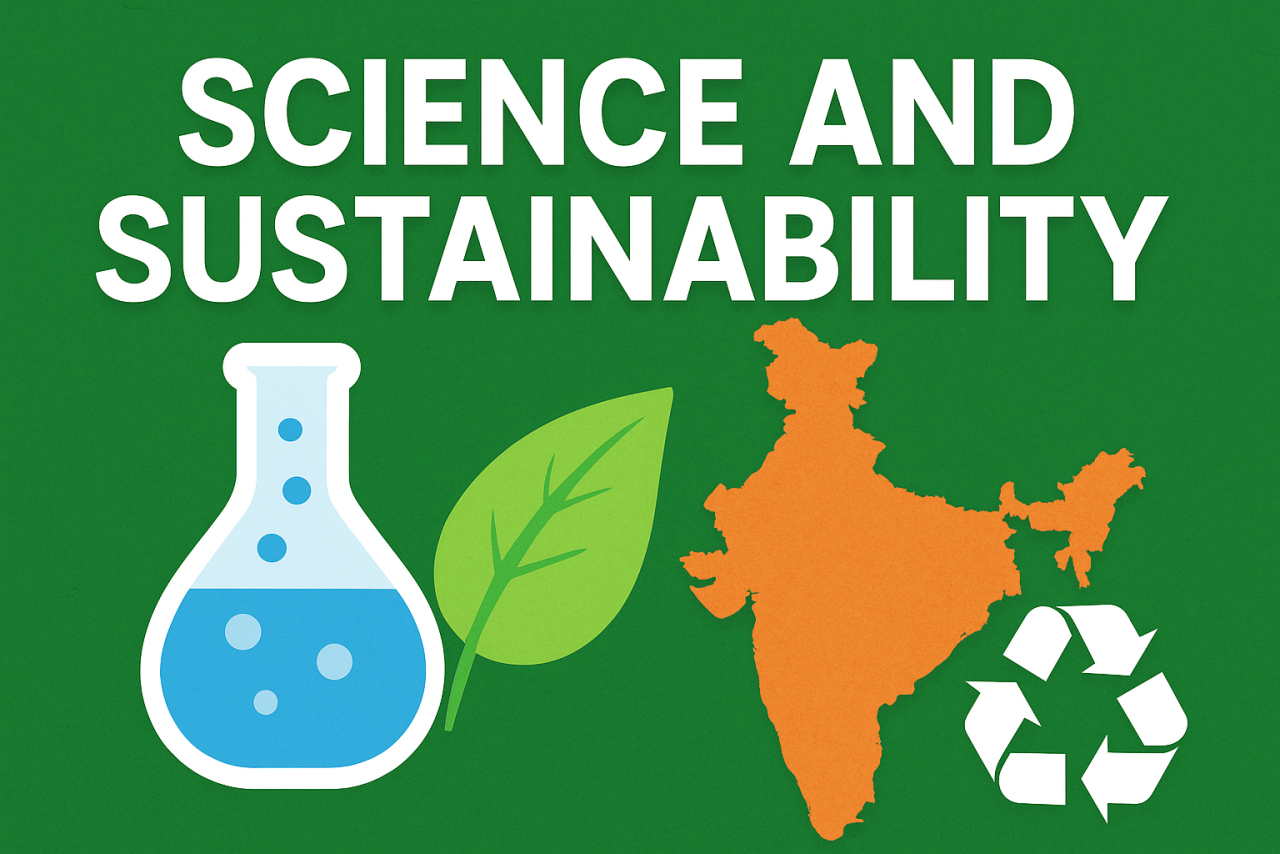
Shifting from traditional rote-based education, the National Council of Educational Research and Training (NCERT) has rolled out a Class 6 curriculum that reimagines the role of schools as incubators of life skills and real-world learning. As part of the implementation of the National Education Policy (NEP) 2020 and the National Curriculum Framework for School Education (NCF-SE) 2023, students will now be introduced to practical experiences such as carpentry, animal care, hydroponics, advertising, and home automation—an ambitious move aimed at fostering self-reliance, creativity, and vocational confidence from an early age.
This new education strategy is more than just an update to textbooks; it is a structural reorientation of how learning is defined and delivered. The Class 6 "experiential learning" curriculum shifts the focus from purely academic achievement to holistic development through hands-on activities. These include farming techniques, working with wood and bamboo, creating advertisement videos, managing pet care, and assembling smart home systems. The emphasis is clear: developing "bharat skills"—a term that captures India's vision of culturally rooted, globally competent citizens.
From Classroom to Carpentry Bench
One of the standout elements of this program is the formal integration of carpentry—a skill long neglected in urban curricula but deeply entrenched in Indian heritage. The curriculum encourages students to engage with tools and materials, understand measurements, and build simple items like bird feeders, wooden toys, or planter boxes. The intent is not to produce carpenters per se, but to instill problem-solving abilities, hand-eye coordination, and confidence in practical execution. It also encourages dignity of labour—an oft-overlooked value in conventional schooling.
According to Kaushal Mehta, an education policy researcher, “Introducing vocational exposure in early education demystifies trades that are often stigmatized or considered beneath white-collar professions. Children begin to see the relevance of every skill in a functioning society.”
Reconnecting with Nature through Hydroponics and Animal Care
Another innovative aspect of the curriculum is a project on hydroponics—a modern, soil-less method of growing plants. In the era of climate change and rising food insecurity, this not only educates students on scientific principles of plant growth but also sensitizes them to environmental concerns. Students are expected to experiment with plant growth techniques and document outcomes, fostering scientific inquiry and eco-consciousness.
Meanwhile, the inclusion of animal care projects such as feeding stray animals or learning to look after pets reintroduces empathy and responsibility in education. These assignments have deep emotional learning outcomes. A teacher of Sociology IPS, Indirapuram noted, “Children connect strongly with animal welfare. It nurtures compassion and responsibility, traits just as crucial as literacy or numeracy.”
Digital Literacy and Advertising: Preparing for a Media-Saturated Future
In tune with the digital age, students will also engage in basic media literacy projects. These include creating advertisements and understanding their influence—activities that merge creativity with critical thinking. Students will explore how advertisements affect consumer choices and will learn to shoot, edit, and critique simple video content.
“Media and messaging have an enormous impact on young minds,” says School teacher. “By encouraging students to create and analyze advertisements, we are giving them the tools to navigate an increasingly media-saturated world.”
Automation, IoT, and the Technology Frontier
Another cutting-edge feature in the curriculum is the inclusion of basic projects on home automation and the Internet of Things (IoT). Through simple sensors and modules, students may build alarms, temperature-based fans, or basic smart lights—introducing them to concepts of coding, electronics, and systems thinking. This is a leap toward democratizing technology education and making it accessible in both urban and rural settings.
According to NCERT, these projects are not mandatory but suggestive, and schools have the autonomy to decide which to implement. The flexibility allows adaptation based on local needs, teacher expertise, and student interest, ensuring the policy is inclusive and equitable.
A Fresh Learning Architecture
The Class 6 activity book suggests that students should complete three experiential projects every year—two from the book and one chosen by the school. This tripartite model maintains consistency while leaving room for contextual customization. Teachers, parents, and students are all involved in the execution, promoting a collaborative learning environment.
While critics might question whether schools, especially under-resourced ones, can implement such diverse modules effectively, early pilot projects show promising engagement levels. Some private schools in Delhi-NCR have already reported success in hydroponics projects, with students excitedly documenting their plant growth and learning the science behind it.
A Step Toward Equitable, Relevant Education
Perhaps the most revolutionary aspect of this move is its potential to break down rigid academic hierarchies and recognize multiple forms of intelligence. For too long, Indian schooling has prized rote learning and high marks over creativity, collaboration, and compassion. By redefining what constitutes "achievement" in education, the NCERT curriculum encourages students to pursue their unique strengths.
This is not just an education reform only. Moreover, it is a cultural statement that values the diversity of talents and experiences. In placing a saw or watering can in a child’s hand alongside a pen, the system declares that learning happens everywhere—not just in textbooks but in touch, observation, trial, and error.
As India prepares to meet the challenges of the 21st century such as technological, environmental, and social—this new curriculum for Class 6 offers a powerful blueprint. It is not just about teaching students how to make things, but helping them make meaning in an increasingly complex world.





















